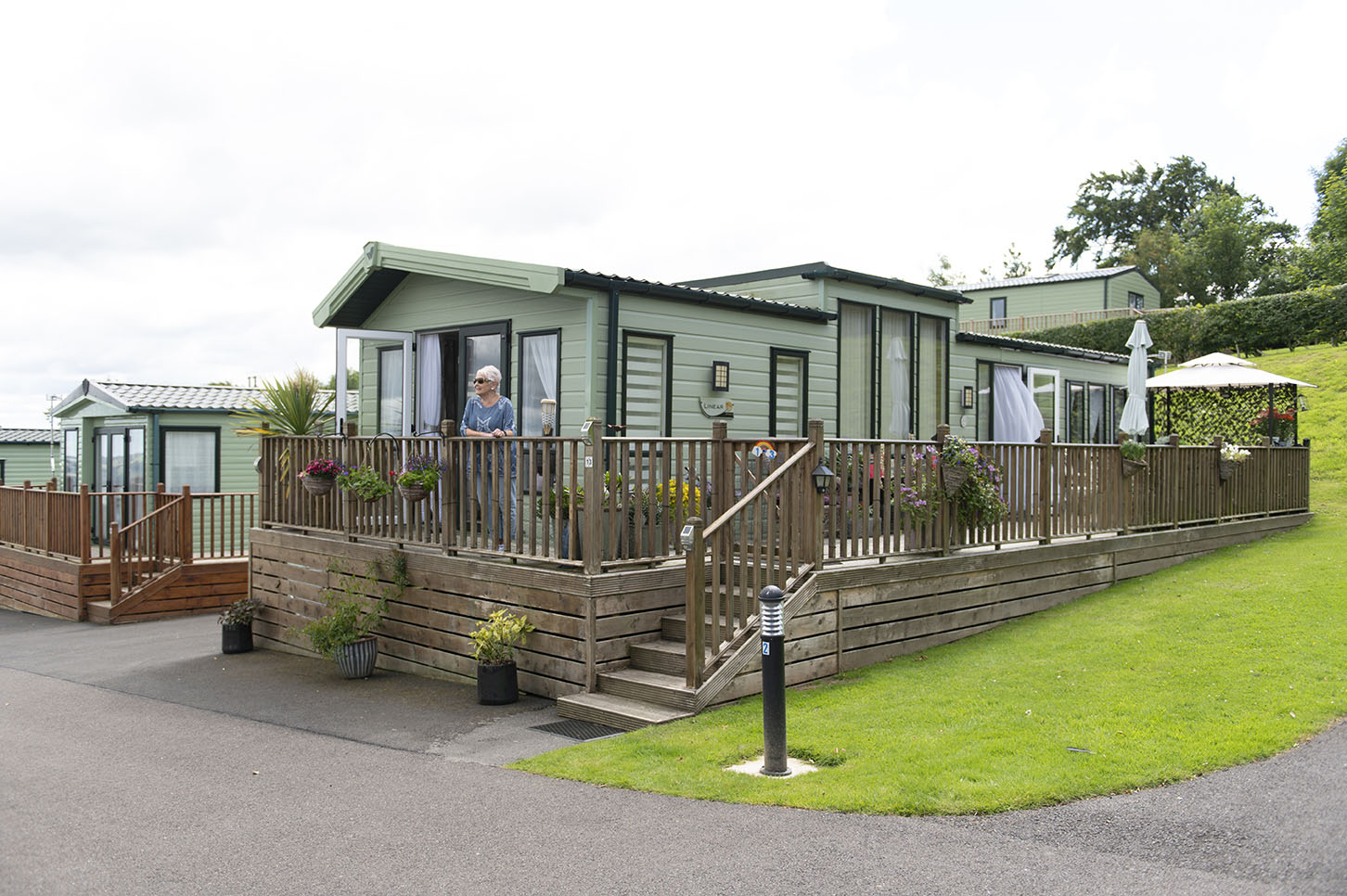Although this blog is being written and published during the summer it talks about something particularly important during the process of winterisation, as well as useful to know the rest of the year round. Getting your static caravan prepared for the winter is very important, and draining it down is a crucial part of the process. Static caravans can flood and be subject to frost damage – so draining down can protect you from incurring repair costs. In this edition of our blog we’ll run through the process.
What does ‘draining down’ actually mean?
Draining down means emptying out all of the water in your static caravan’s pipes, boiler and water systems. During winter the water in pipes or essential parts of your boiler and water system could freeze, and the physical expansion caused by this could cause cracking or splits. Pipework could burst and the water would then melt and cause damage to your static, possibly flooding it. Not only will you have to spend money replacing damaged pipework, you may also have to pay out for replacement of things like carpets, furniture and so on.
How Do I Drain Down?
The great news is that when the time comes you can drain down your static caravan yourself. You don’t need to employ the services of a specialist or an engineer, and can complete the draining simply by undertaking the following steps.
- Switch off: Turn off your water supply and switch off your heating.
- Taps: Open the drain-down taps on your static caravan. These are usually positioned beneath your caravan. Turn on all water taps until pipework is fully drained.
- Flush: Make sure to flush the toilet, and also turn on the shower to let the water drain out of that system. To assist in getting the water to flow through and away, you could remove the shower head and even the connecting pipe.
- Blow: If you have access to compressed air, blow it through the pipework to blow out any remaining water and remove it.
- Anti-Freeze: Pour a non-toxic variety of anti-freeze into the toilet and down any plug holes (into the system) to remove water residue.
- Shut: Make sure you close and lock all windows, skylights and doors. This will prevent cold air from entering the static caravan.
- Additionally: Check your boiler itself, plus any external pipes on the static caravan. These will be the most likely to suffer cold damage as they are closer to the effects of the elements.
When Do I Drain Down My Static Caravan?
Winterisation is the process of preparing your caravan for winter. Though the term is mostly used in the context of the type of caravan you tow about on holidays, it applies equally to static caravan holiday homes. You are likely to leave the caravan over winter and return to your bricks and mortar home, so you want to make sure it is prepared for being empty and disused during the cold season.
As a general rule, drain down should be completed by early to mid-November – though some static caravan parks will have their own particular guidelines on drain downs written into contracts as stipulations or advisories. Your insurance policy may also have a clause regarding drain downs – that, for instance, the caravan must be drained down during periods of emptiness, or between particular months etc.
Drain Down Ready To Sell
Another great reason to drain down is when you are preparing to sell your static caravan. It may lay empty for a period of time after you have vacated, and it is advisable to make sure you mitigate against risk, and that it remains in the best condition possible so that prospective static caravan buyers see it at its best – undamaged.
Here at Daly Caravans we have static caravans for sale across our parks, so there are plenty of holiday home options for you as well as the option of selling your static caravan for the best possible price. Find out more now on our quick valuation page.
